Welcome to INQUA Loess Focus Group
The symposium “The source area of Chinese Loess and Asian dust”
University in Nanjing Jiangsu, PRC | 27-28 November 2013
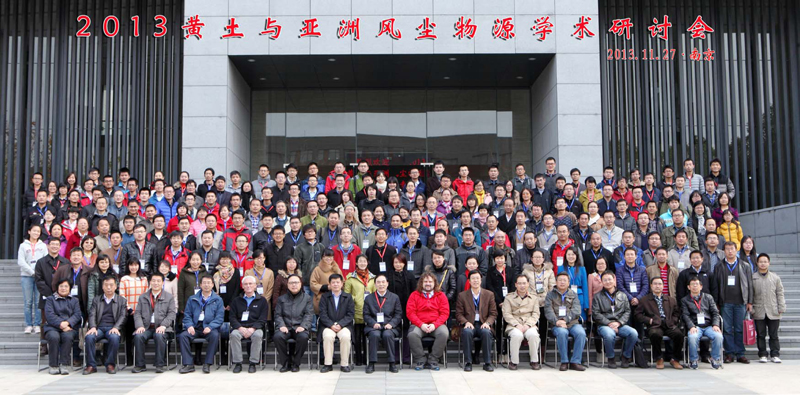
The symposium on “The source area of Chinese Loess and Asian dust” was hold in Nanjing
University in Nanjing Jiangsu PRC during 27th to 28th November 2013. This colloquium was
sponsored by the Chinese Association for Quaternary Research and organized by the Key
Laboratory of Surficial Geochemistry of Ministry of Education and Key Laboratory of Coast and
Island Development of Ministry of Education, Nanjing University. Chen Jun, the president of
Nanjing University delivered a welcome speech on behalf of the Nanjing University on the
opening ceremony. After that, we were honored to have Professor Slobodan B. Marković, the
president of the INQUA Loess Focus Group, introducing the history and upcoming conferences of
INQUA and giving the excellent report on “Origin of European dust: past, present, future”. Four
keynote lectures were given in the following. Zhang Xiaoye, research fellow of Chinese
Academy of Meteorological Sciences, spoke on “The source distribution, sand and dust-storm
forecasting of Asia dust and its effect on weather and climate”. Liu Xiaodong, research fellow of
Institute of Earth Environment, Chinese Academy of Sciences, lectured about “Numerical
simulation of spatial-temporal distribution of dust aerosol and its effects on East Asian climate”.
Hao Qingzhen, research fellow of Institute of Geology and Geophysice, Chinese Academy of
Sciences, made a presentation about “Delayed build-up of Arctic ice sheets during 400,000-year
minimal in insolation variability”. At last, Lu Huayu, professor of School of Geographic and
Oceanographic Sciences, Institute for Climate and Global Change Research, Nanjing University,
gave a speech on “Chinese deserts and sand fields in Last Glacial Maximum and Holocene
Optimum and its effect on the dust emission”. In the ensuing one and a half day, 15 invited
lectures and more than 20 oral presentations were given, covering varies topics from pinpointing
Chinese Loess source to modeling and observation, evolution of dust source reflecting in deep-sea
sediment and new method in tracing the dust.
The conference was attended by around 180 delegates from 25 institutes, including Nanjing University, Chinese Academy of Meteorological Sciences, Institute of Geology and Geophysics, Chinese Academy of Sciences, Institute of Earth Environment, Chinese Academy of Sciences, Institute of Atmospheric Physics, Chinese Academy of Sciences, Cold and Arid Regions Environmental and Engineering Research Institute, Chinese Academy of Sciences, Institute of Oceanology, Chinese Academy of Sciences, Qinghai Institute of Salt Lakes, Chinese Academy of Sciences, Institute of Tibetan Plateau Research, Chinese Academy of Sciences, Institute of Vertebrate Paleontology and Paleoanthropology, Chinese Academy of Sciences, Nanjing Institute of Geography and Limnology, Chinese Academy of Sciences, Beijing Normal University, Lanzhou University, Northwest University, Nanjing Normal University, Shaanxi Normal University, Nantong University, Kunming University of Science and Technology, Jiangxi Normal University, Hohai University, Fujian Normal University, China University of Geosciences, China University of Mining and Technology, University of Science and Technology of China, Chinese Academy of Geological Sciences, Chinese Academy of Forestry, etc.

Professor Chen Jun is making the welcome speech
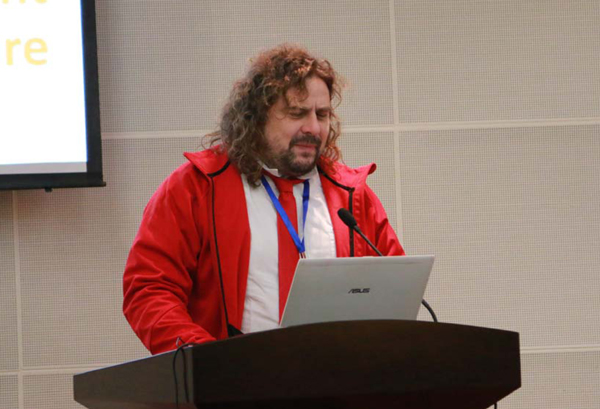
Professor Slobodan B. Marković is giving the lecture
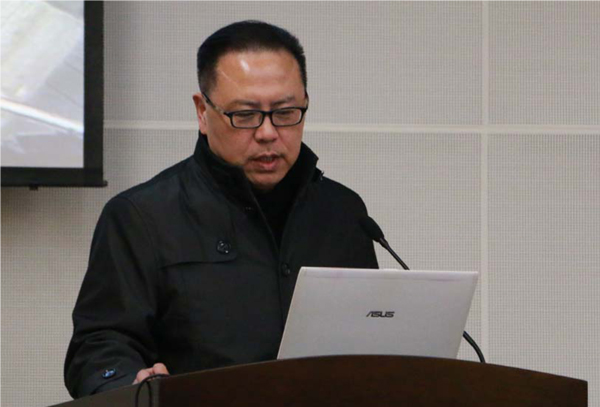
Research fellow Zhang Xiaoye is giving the speech.
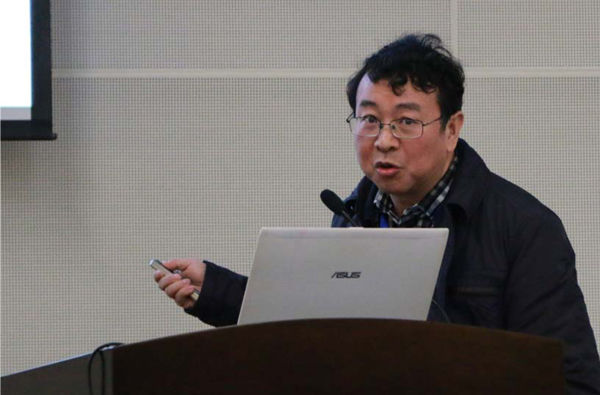
Research fellow Liu Xiaodong is doing the presentation.
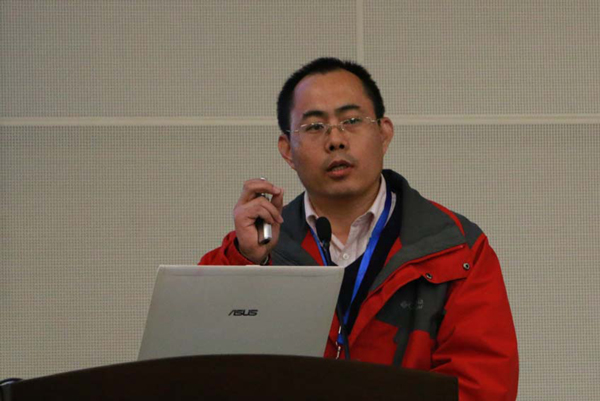
Research fellow Hao Qingzhen is reporting his lecture.
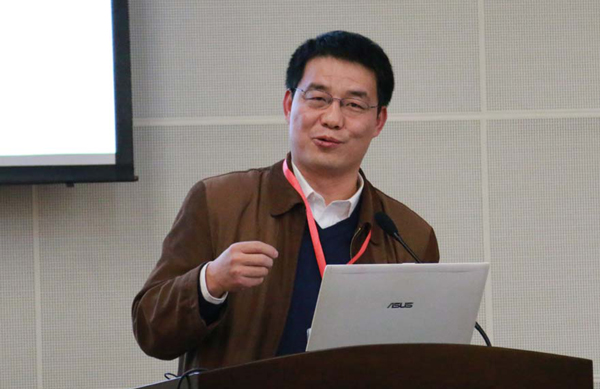
Professor Lu Huayu is making the speech.
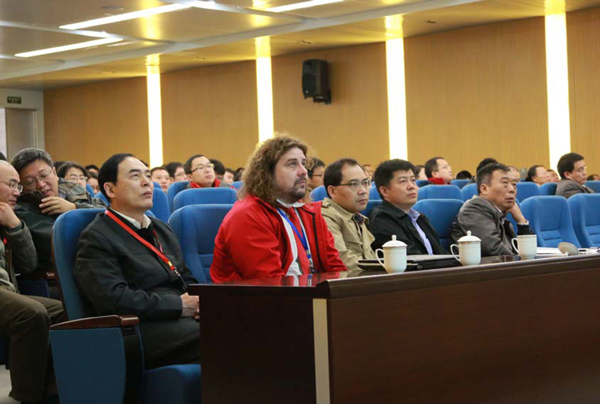
Delegates are deeply attracted by the lecture.
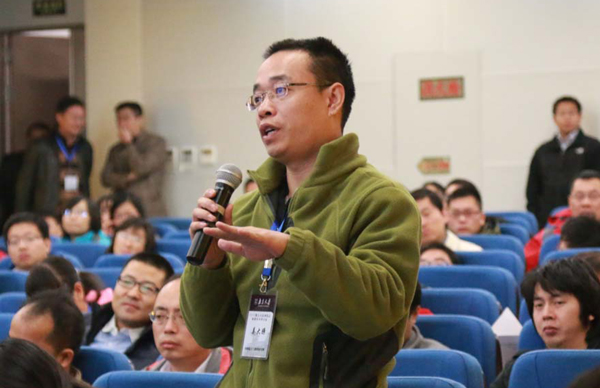
Question and answer section.

